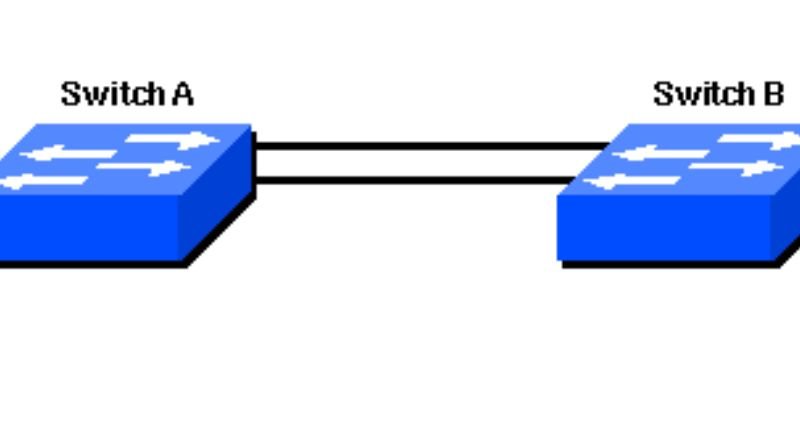How to Provide Redundancy in Switched Networks Using Spanning Tree
The Spanning Tree Protocol (STP) allows you to configure networks so that there are redundant links between switches, routers and other network devices. These redundant links can be used when there is an issue with an active link or when the active link needs to be turned off for maintenance or upgrade purposes. STP does not allow loops in the network; therefore, it prevents broadcast storms and black-holing of traffic in the network.
What is STP?
Spanning tree protocol is a protocol that was developed by Digital Equipment Corporation and is intended to prevent switched networks from becoming unstable. It does this by putting redundant paths around the network such that if one link fails, there are other available paths for traffic flow. It operates by sending out messages, called bridge protocol data units (BPDUs), which contain information about the state of the network. The root bridge is typically elected automatically, but this can be manually configured with a spanning-tree mode command.
The advantage of STP over traditional methods of preventing network instability is that it does not require any manual intervention once it has been implemented on a network segment.
STP Operation
A switched network is an environment where every host is connected to a switch or router. In this type of network, traffic is forwarded based on the destination MAC address of each packet. Unlike a hub-based network, broadcasts (packets sent from one host destined for all hosts) are not forwarded by switches. The introduction of switched networks provides more bandwidth and higher data rates than hubs provide because there are no collisions on the shared media between devices.
To protect against link failures and increase overall network availability, you can use STP protocol that implements a loop-detection mechanism known as spanning tree. This protocol has two major functions: Root bridge election and ensuring that only one active path exists between any two points on the network.
Root Bridge Election
In a switched network, it is possible for a spanning-tree bridge with the lowest bridge ID (the root bridge) to be lost. This event can cause severe service disruptions when traffic cannot reach alternate paths. To ensure that this does not happen, the root bridge should be elected so that more than one switch has the lowest possible ID. This is done by selecting a switch with the lowest priority and then changing its priority to match that of all other switches in the network. That way, if any one switch fails and another becomes the new root bridge, there will not be any interruption of service because all switches have an equal chance of becoming root bridges.
Backup Designated Ports
If a switch or a port on the switch fails, it can cause a network outage. If a switch has redundant ports, this is not as much of an issue since the second port will take over for the first one and provide redundancy in switched networks using Spanning Tree. However, if there is no backup designated port available, then the entire network goes down. For example: suppose that both lines A and B are connected to Switch 1 with line A being the designated backup line.
Uplink Fast
Spanning tree is a protocol that was designed to provide redundancy for networks. It does this by blocking redundant paths and creating a loop-free topology. The use of spanning tree is not limited only to networks consisting of switches, but it can also be used with bridges, which are devices that bridge Ethernet segments together. In order to understand how spanning tree works, it is important first to know what the goal of the protocol is: the goal is network stability and providing redundancy.
Rapid STP
Spanning Tree Protocol (STP) is a protocol that bridges unidirectional links and provides redundancy by preventing the formation of loops. STP is built into switches, which are used for data transmission within networks. Spanning tree is an algorithm that dynamically reconfigures the network topology in response to changes such as physical link failure or addition of new network devices. The algorithm creates a loop-free topology and then blocks redundant paths so that traffic follows only one path through the network at a time.
In order for STP to provide redundancy, there needs to be two connections between each two switches with one active connection and one standby connection.
MSTI BPDU Guard
The Protecting STP BPDU Packets feature of MSTP is called MSTI BPDU Guard. This feature ensures that only a single STP instance can be active on any port. It does this by blocking all non-BPDU packets on the same VLAN. (You can also use MSTI BPDU Filter instead, but it’s not recommended because it will block all traffic from that VLAN.) If a second instance starts sending BPDUs, then the switch will log an error and shut down the offending port.
RSTP Convergence Troubleshooting Tips
One of the reasons for choosing RSTP over STP is its convergence time. Understanding how RSTP works can help you troubleshoot network performance issues. Learn more about how to provide redundancy in switched networks using spanning tree and other RSTP convergence troubleshooting tips below.








